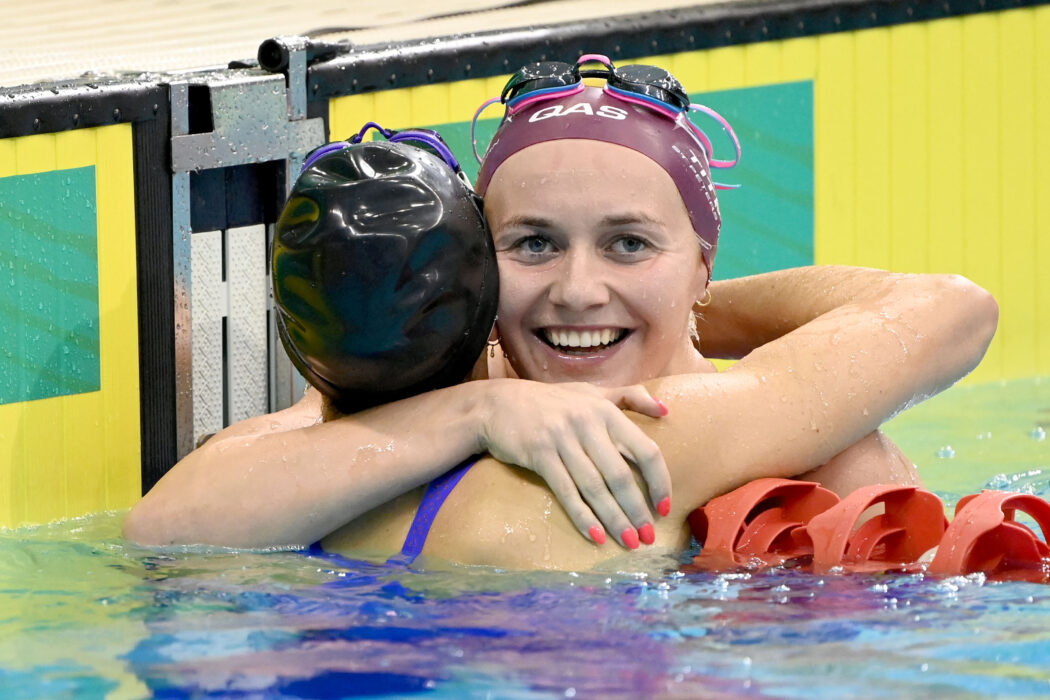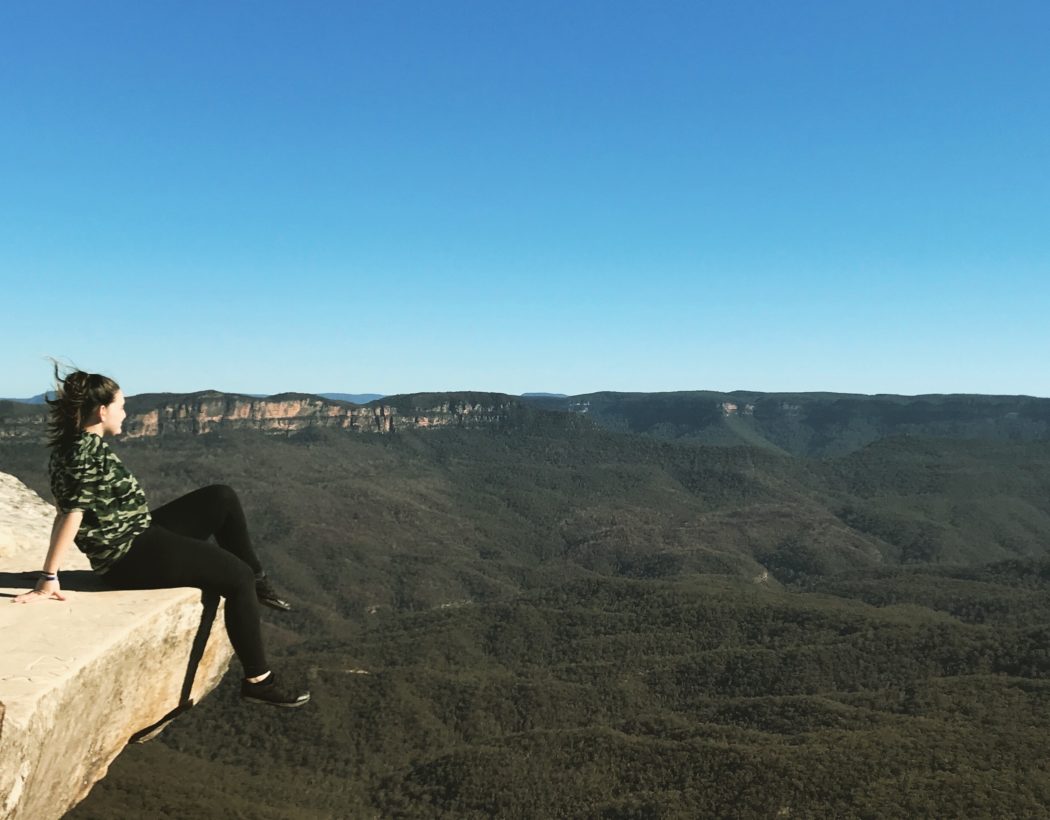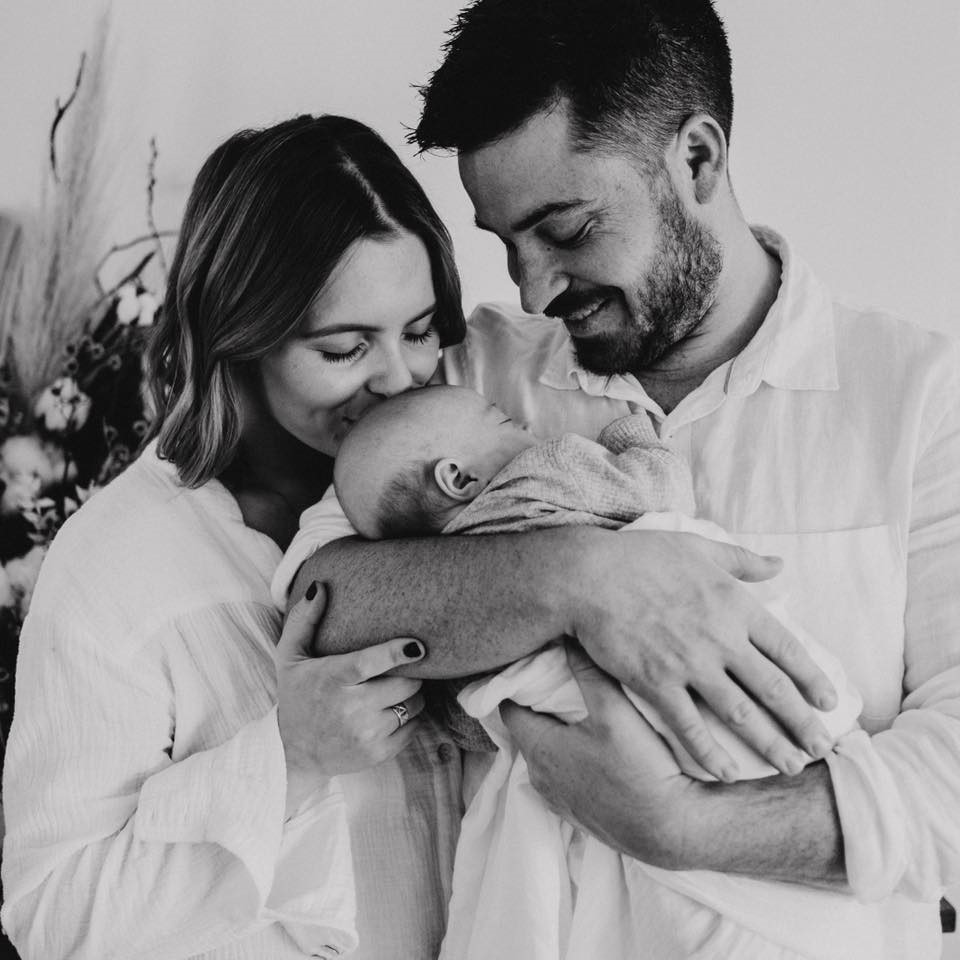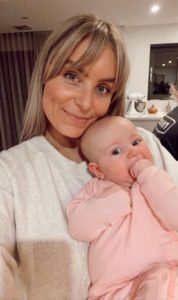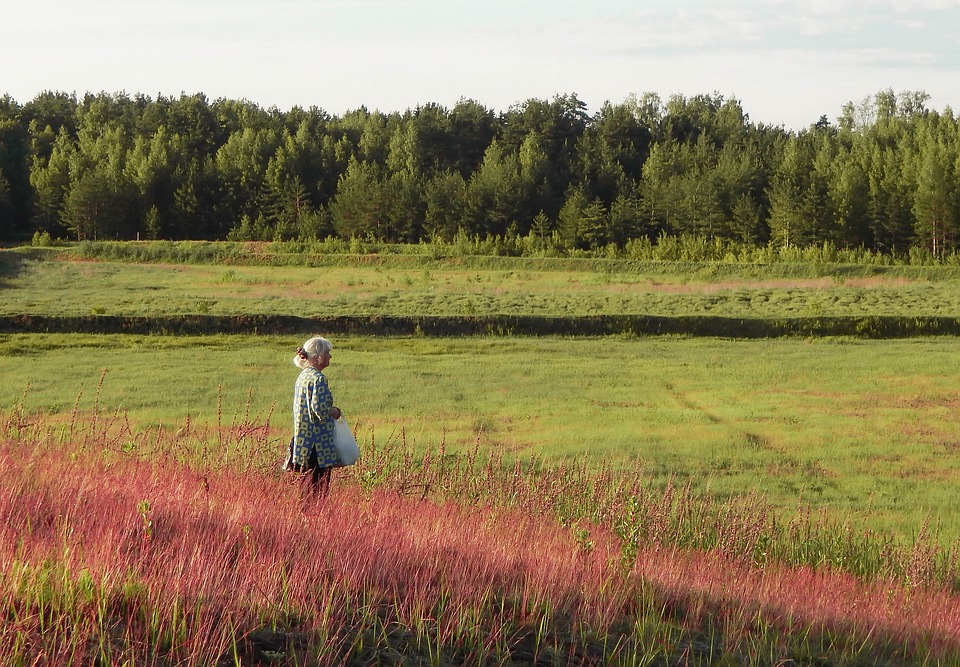Olympic gold medallists such as Emma McKeon in the pool and Logan Martin in the BMX event have wowed the nation with their achievements. However, there is more we can learn from our Olympians and Paralympians beyond their pursuit of gold.
This Olympic game for Australia has been our most successful gold medal, Olympic Games since Athens, 2004. Over August, Australians have come to love watching the world compete as well as learning about the lives of athletes outside of competition. Below are 10 inspiring lessons today’s youth can learn from our Australian Olympians and Paralympians about success, regardless of their future career.
1. Your character is just as important as your achievements.
Name: Emma McKeon
Age: 27
Sport: Swimming
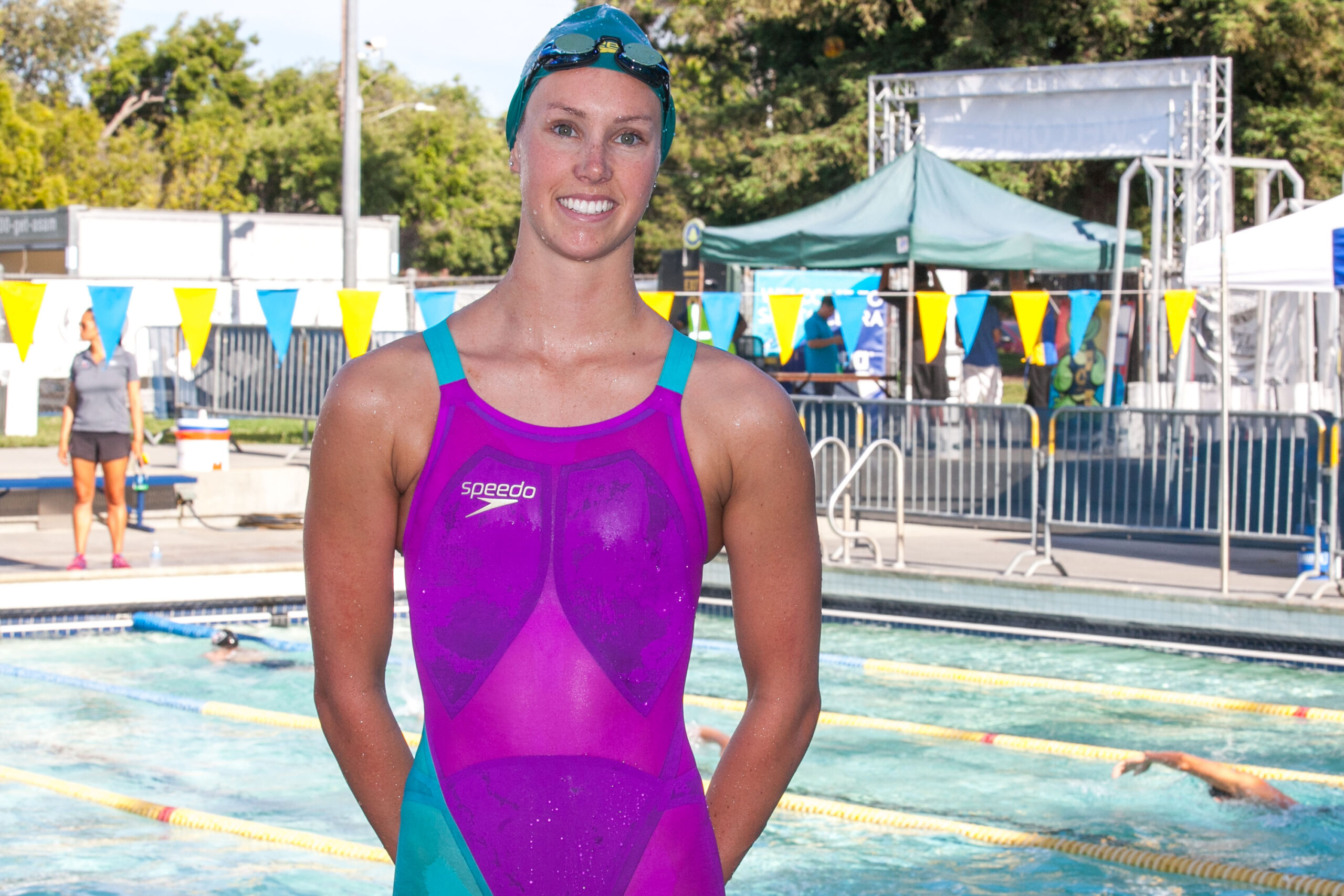 Emma McKeon has become Australia’s most successful Olympian in history, with 11 gold medals to her name. Her accomplishments surpass Olympic legends such as Ian Thorpe! Emma’s humbling attitude towards her achievements sets the precedence for all young aspiring athletes that your character is as important as success.
Emma McKeon has become Australia’s most successful Olympian in history, with 11 gold medals to her name. Her accomplishments surpass Olympic legends such as Ian Thorpe! Emma’s humbling attitude towards her achievements sets the precedence for all young aspiring athletes that your character is as important as success.
2. Just because something has not been done before doesn’t mean you can’t make it happen.
Name: Shae Graham
Age: 34
Sport: Wheelchair Rugby
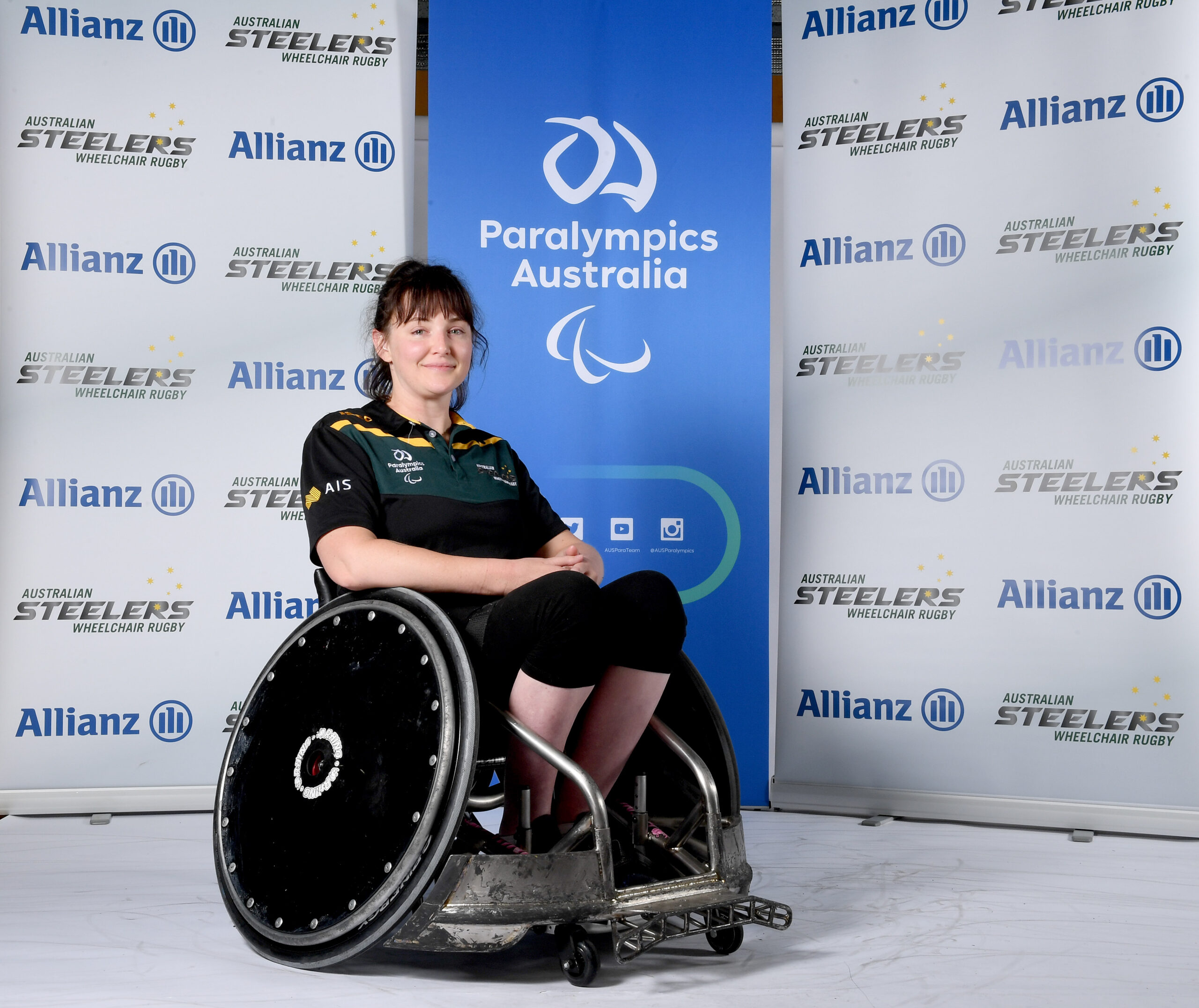
Shae Graham was the first female athlete to represent Australia in wheelchair rugby! After being in a car accident in her late teen years, her journey with wheelchair rugby began after losing a bet to her brother. Shae debuted five years later internationally as a wheelchair rugby player in the USA, representing Australia.
Through Shae’s experience, she shows all young women that they too have the power to be the next ‘first’ for women in sport.
With her sights set on gold in Tokyo, as the first female Paralympic Wheelchair rugby player for Australia, she is sure to continue paving the way for young female athletes.
3. Women can be in healthy competition and still support each other.
Name: Ariarne Titmus
Age: 20
Sport: Swimming
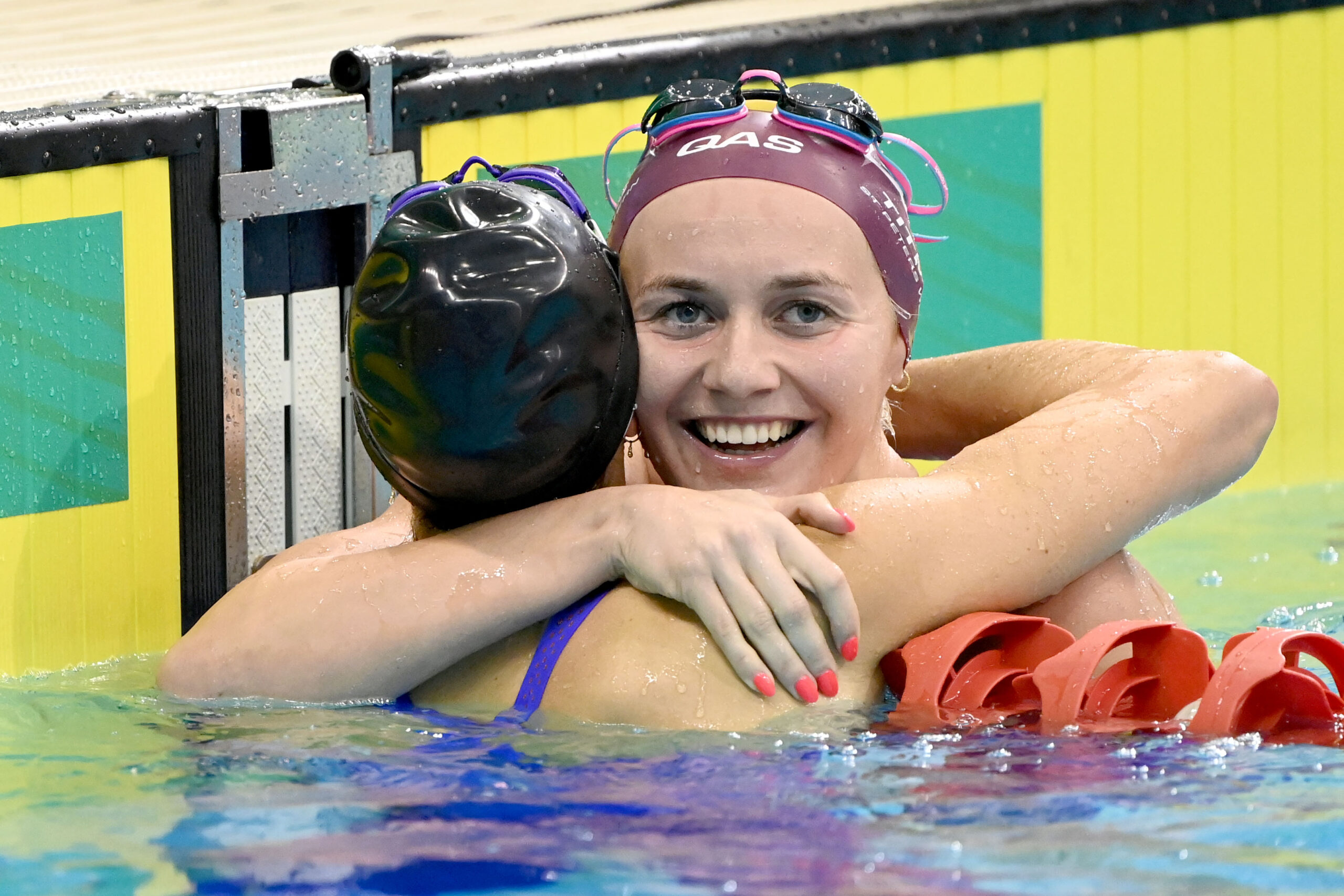
Her healthy rivalry and positive relationship with the USA’s legendary swimmer, Katie Ledecky, has been unwavering.
Ariarne is an excellent demonstration of how women can push each other to be better without resorting to toxic behaviour. Her healthy rivalry and positive relationship with the USA’s legendary swimmer, Katie Ledecky, has been unwavering, despite the media’s interference and speculation. Both Katie and Ariarne always speak highly of one another, modelling how women should treat one another on and off the clock, wherever life may take them.
4. Success is not a solo achievement.
Name: Cedric Dubler
Age: 26
Sport: Athletics, Decathlon
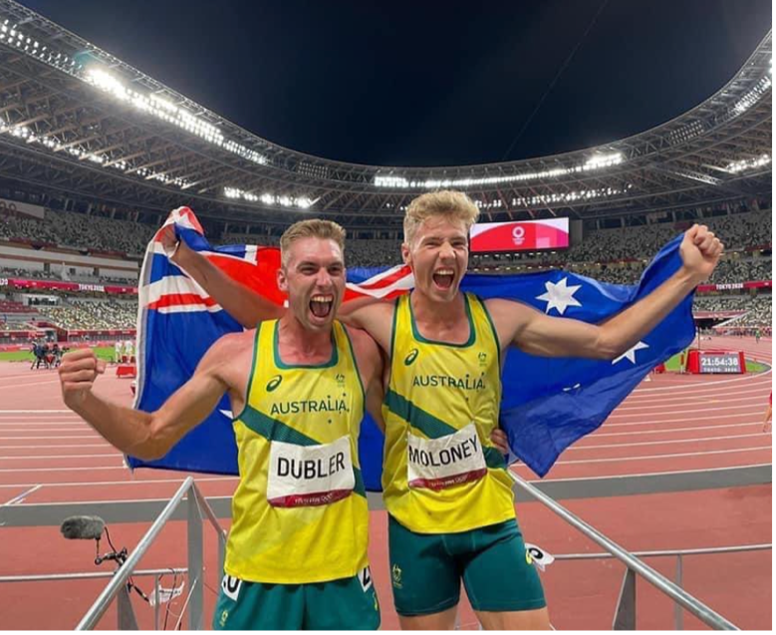
Not only has Cedric become the pinnacle of sportsmanship, but he teaches us that success is even better when shared.
Cedric Dubler has sent the press into a frenzy, and it is not because he won gold. Rather, Cedric encouraged his teammate, Ash Moloney, in the final leg of the decathlon to push ahead and secure himself and our country a medal! Cedric could have kept running and finished his race but instead used his energy to lift Maloney when he needed it the most. While Cedric didn’t receive a medal, he teaches us that success is a team effort – even in a singles event like the decathlon. Not only has Cedric become the pinnacle of sportsmanship, but he teaches us that success is even better when shared.
5. You should never let a setback stop you from achieving your goals.
Name: Liz Clay
Age: 26
Sport: Athletics, 100m Hurdles

Liz Clay is the epitome of perseverance, constantly bouncing back from injuries and setbacks on her road to Tokyo. Driven by passion and determination, Liz qualified as a debutante in the 2020 Tokyo Olympic team as the second-fastest Australian in history and broke two personal bests in her 100m hurdle event.
She never lets her setbacks define her worth.
While Liz did not leave Tokyo with a medal, she never lets her setbacks define her worth or ability to succeed as a person and athlete. We can learn so much from her attitude towards success and setbacks. She will definitely be one to watch for in Paris 2024!
6. It is important to pursue your passions.
Name: Deon Kenzie
Age: 25
Sport: Para-athletics
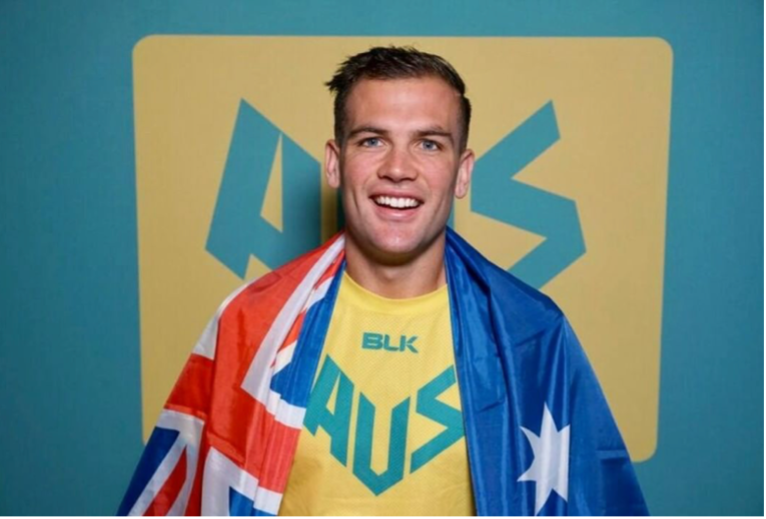
As a child, Deon accidentally discovered his passion for running after he began running to support his AFL training. He has been representing Australia, internationally for eight years, and Tokyo 2020 will be his second Olympic games. Deon is a world record holder and has an Olympic silver medal to his name. While running is his life, Deon also owns his own Kombucha brand. How cool is that!? Deon is a stellar example of how passion fuels success. We also learn from him that once you discover your passion, you should take it and run with it – quite literally in Deon’s case!
7. Hard work pays off.
Name: Christie Dawes
Age: 41
Sport: Para-athletics
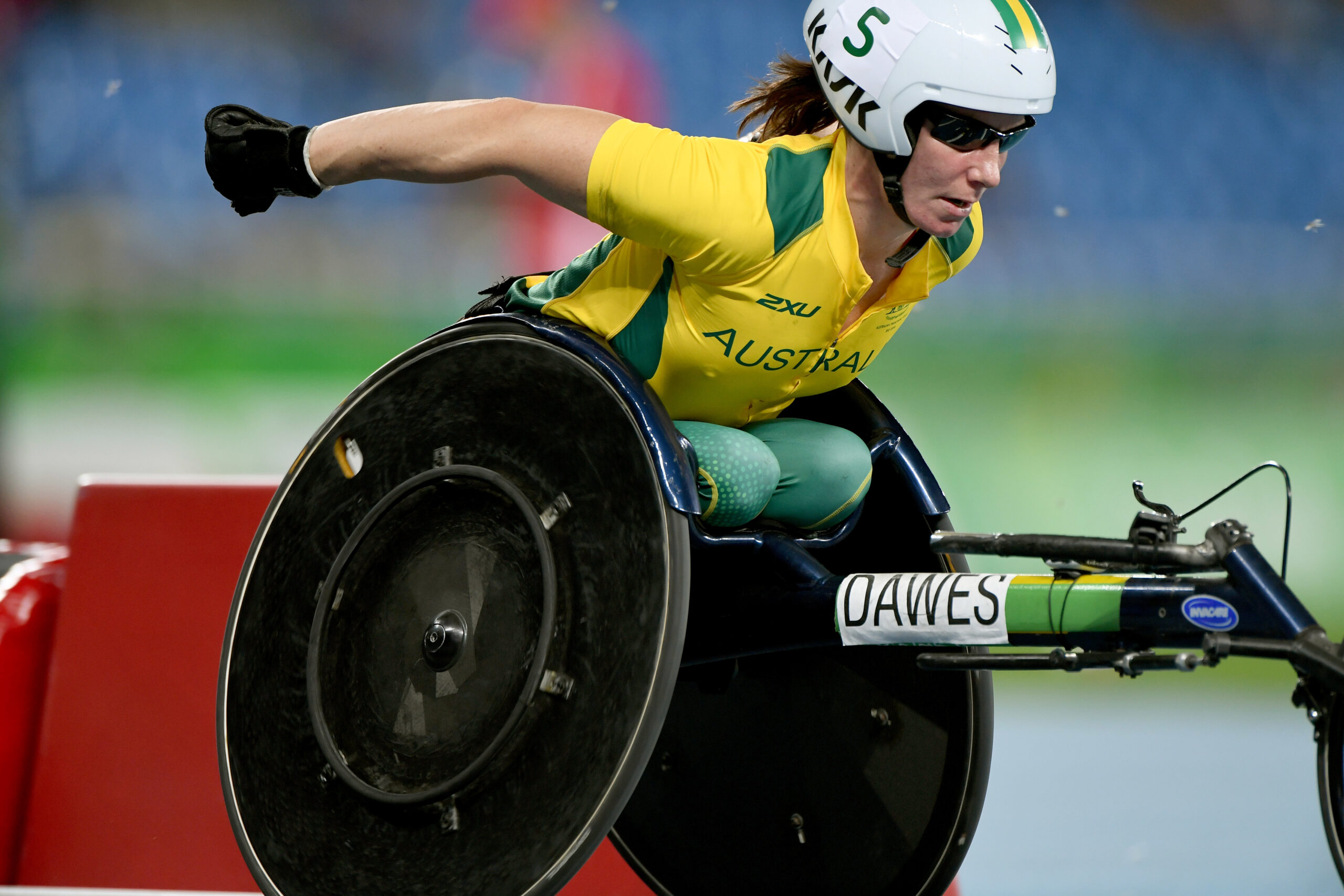
Christie has represented Australia in six consecutive Paralympic Games, which calculates to over 24 years of training and competition. Not only does she have two world titles and three medals to her name, but she is also a mother, wife and has a career in teaching as well! There is no doubt that Christie Dawes’ long career as an athlete is founded upon a hardworking, dedicated attitude to para-athletics.
8. Resilience is key.
Name: Alistair Donohoe
Age: 26
Sport: Para-cycling
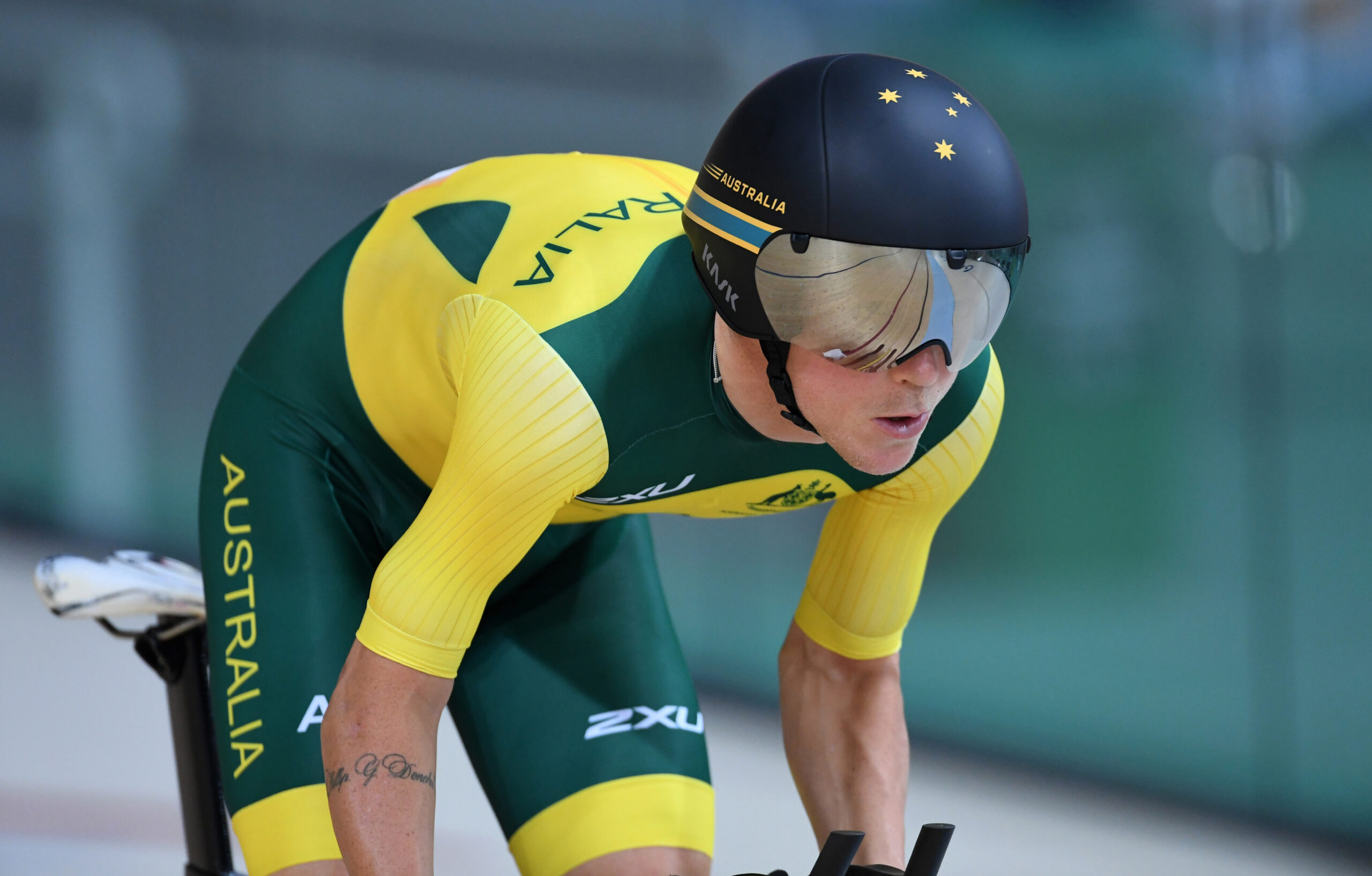
Alistair, since childhood, always had a tunnel vision goal of becoming an elite athlete, even after an incident at age 15 that could have stopped his pursuit of this dream altogether. Instead, after falling into para-cycling, Alistair put in the work, making it to Rio to compete in the 2016 Olympic games.
There is more we can learn from our Olympians and Paralympians beyond their pursuit of gold.
Unfortunately, a collision on the course wiped him out of medal contention. Fast-forward 4 years, he is back at peak form to compete in the Tokyo games as a contender for gold AND as a reigning champion in two of his events. What a comeback!
9. It is never too late to follow your dreams.
Name: Zac Incerti
Age: 25
Sport: Swimming

Zac Incerti is inspiring for two reasons. Firstly, Zac did not begin competitively swimming until he was 18 years old! He challenges the notion that all Olympians began training in childhood. More so, Zac uses his Instagram platform to openly speak of his mental health journey, namely his battle with anxiety. We can learn from Zac that there is no right timeframe to achieve our goals. He also teaches us the importance of both physical and mental health, contributing to normalising the conversation around mental health for men.
10. There is more than one way to reach your goals.
Name: Logan Martin
Age: 27
Sport: BMX Freestyle
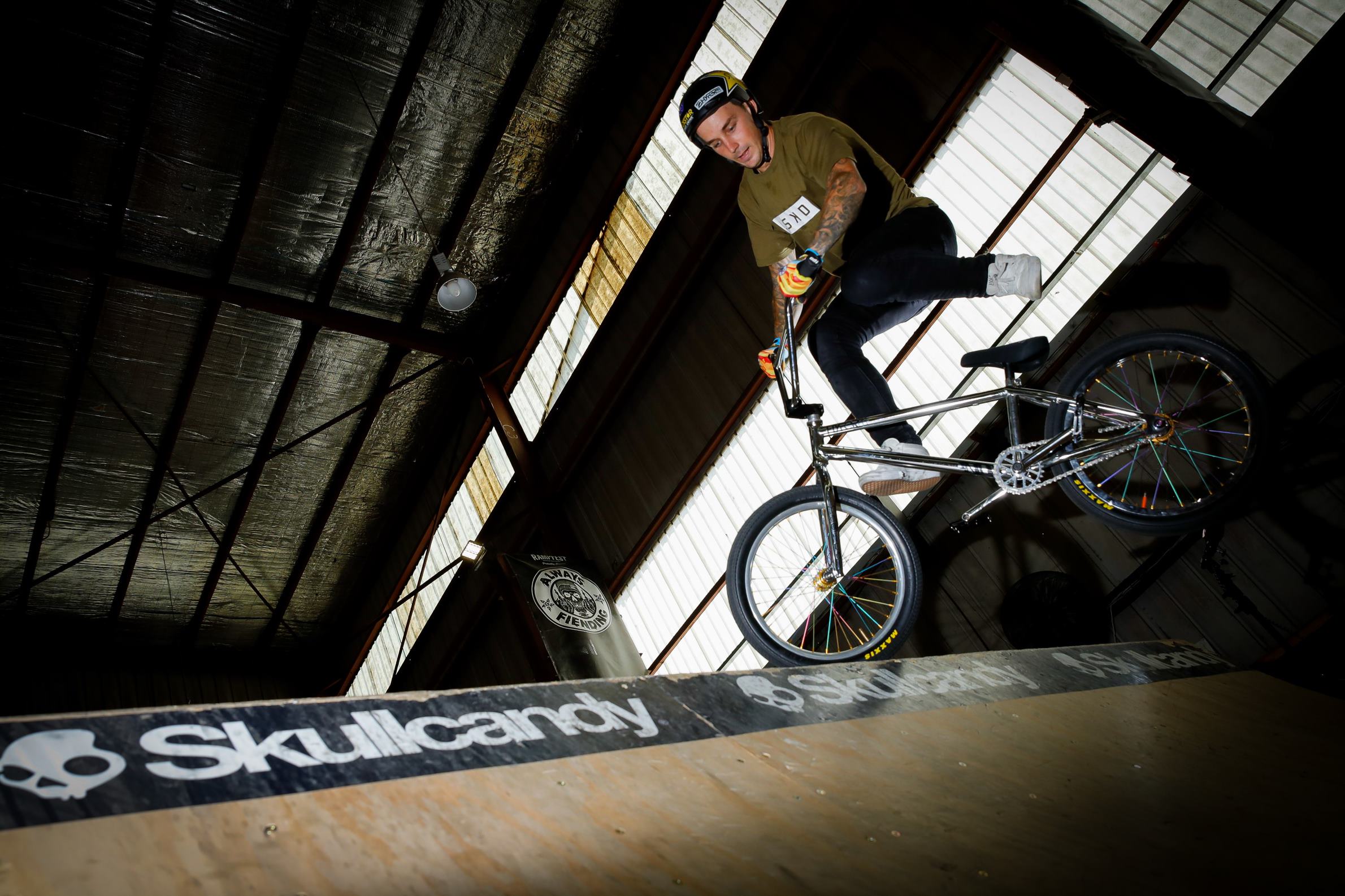
Logan Martin is the protagonist in the epic story of a man who builds an Olympic sized BMX training park in his backyard to secure himself a gold medal in Tokyo. Martin had two options to remain competitive in his sport. He either had to move abroad for international competition or find a way to increase his training from home among the COVID-19 lockdown.
Logan’s story teaches us that there is always another way, and it is important to be resilient against our obstacles.
Yet, Martin found another way. He created a training facility in his backyard. Logan’s story teaches us that there is always another way, and it is important to be resilient against our obstacles. Logan could have quit or moved abroad, away from his family, but instead, he has left Tokyo with a shiny gold medal!



